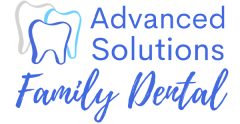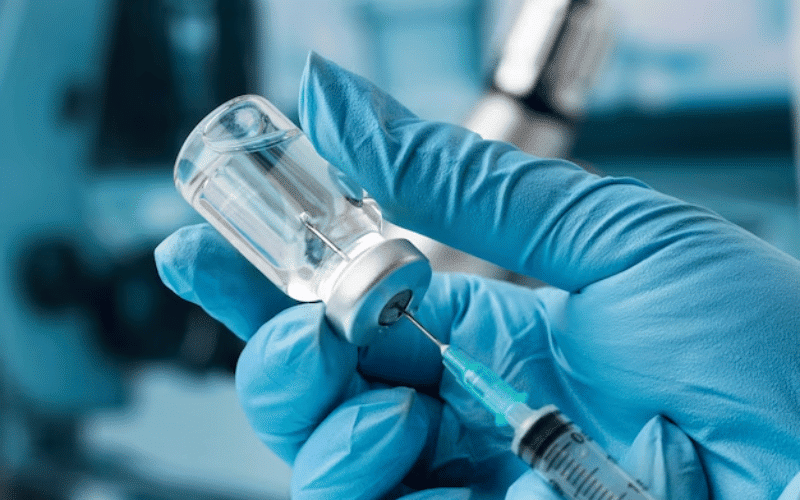Understanding the Tooth Extraction Process
Administering anesthesia for tooth extraction is a crucial aspect of dental procedures, ensuring patient comfort and pain management during the extraction process. The careful application of anesthesia helps alleviate anxiety and minimizes discomfort for individuals undergoing tooth removal. Dentists employ various anesthesia techniques, such as local anesthesia, sedation, or general anesthesia, depending on the complexity of the extraction and the patient’s medical history. Properly administered anesthesia not only facilitates a smoother extraction experience but also contributes to overall patient satisfaction with the dental care provided.
The Role of Anesthesia in Tooth Extraction
Anesthesia is crucial in tooth extraction by ensuring patient comfort and pain management. Local anesthesia is commonly administered to numb the specific tooth and surrounding tissues, preventing pain during extraction.
For more complex cases or multiple extractions, dentists may use sedation, such as oral sedatives or intravenous medications, to induce relaxation or unconsciousness. This enhances patient comfort and minimizes anxiety.
The anesthesia type depends on the extraction’s complexity and patient preferences. Anesthesia allows dentists to perform extractions efficiently while prioritizing the patient’s well-being and overall experience during the dental procedure.
Types of Anesthesia for Tooth Extraction
Various types of anesthesia are employed in tooth extraction procedures, tailored to the complexity of the extraction and patient preferences:
1. Local Anesthesia:
– Description: Injected near the extraction site, numbing specific nerves to block sensation.
– Usage: Common for routine extractions and simple procedures.
– Effect: Temporarily eliminates pain in the targeted area.
2. Sedation:
– Description: Administered orally or intravenously to induce a relaxed or unconscious state.
– Usage: Beneficial for anxious patients or complex extractions.
– Effect: Reduces anxiety, and in more profound sedation, patients may not be fully aware during the procedure.
3. General Anesthesia:
– Description: Renders the patient completely unconscious, often administered through inhalation or intravenously.
– Usage: Reserved for complex cases, surgeries, or when the patient needs to be unconscious.
– Effect: The patient is entirely unconscious and unaware during the extraction.
4. Nitrous Oxide (Laughing Gas):
– Description: Inhaled gas that induces relaxation and reduces pain perception.
– Usage: Commonly used for mild sedation in less complex extractions.
– Effect: Produces a calming effect without rendering the patient entirely unconscious.
Dentists carefully evaluate the patient’s medical history, the complexity of the extraction, and individual preferences to determine the most appropriate type of anesthesia for a safe and comfortable dental experience.
Benefits and Risks of Using Anesthesia for Tooth Extraction
Benefits
1. Pain Management: Anesthesia ensures that the patient does not experience pain during the tooth extraction, promoting a more comfortable experience.
2. Reduced Anxiety and Stress: Sedation and anesthesia help alleviate anxiety, making the dental procedure more tolerable for nervous or apprehensive patients.
3. Facilitates Complex Procedures: Anesthesia allows dentists to perform more intricate and time-consuming extractions with precision, improving the overall success of the procedure.
4. Improved Patient Experience: Patients are likely to have a more positive perception of the dental visit when discomfort and anxiety are minimized through anesthesia.
5. Patient Cooperation: Anesthesia promotes patient cooperation by ensuring they remain still and comfortable during the extraction, contributing to the dentist’s work efficiency.
Risks of Using Anesthesia for Tooth Extraction
1. Allergic Reactions: Some individuals may be allergic to certain anesthesia medications, leading to adverse reactions.
2. Side Effects: Sedation and anesthesia can cause side effects such as nausea, dizziness, or grogginess, which may persist after the procedure.
3. Complications: In rare cases, respiratory or cardiovascular problems may arise during anesthesia administration.
4. Postoperative Effects: Patients may experience lingering effects like drowsiness, requiring them to avoid activities such as driving immediately after the procedure.
5. Medical History Considerations: The patient’s medical history must be thoroughly evaluated to minimize the risk of anesthesia-related adverse reactions or complications.
Dentists carefully assess the patient’s health, consider the complexity of the extraction, and weigh the benefits against the potential risks before determining the appropriate type and level of anesthesia for tooth extraction.
Do You Need Anesthesia for Tooth Extraction?
Anesthesia is often essential for tooth extraction to ensure a pain-free experience. Local anesthesia, injected near the tooth, numbs the area, preventing discomfort during the procedure. Sedation or general anesthesia may be used for complex extractions or anxious patients. Benefits include pain management, reduced anxiety, and enhanced patient comfort.
However, risks such as allergic reactions or postoperative effects exist. Dentists carefully evaluate the necessity based on the extraction’s complexity and the patient’s health, balancing the benefits of comfort and cooperation with potential risks, ultimately tailoring the anesthesia approach to optimize the dental experience.
Final Words!
In the realm of dental care, the necessity of anesthesia for tooth extraction is paramount. Advanced Solutions Family Dental in Oak Forest prioritizes patient comfort by ensuring pain-free procedures through meticulous evaluation and tailored anesthesia approaches.
By employing local anesthesia, sedation, or general anesthesia as needed, the dental team at Advanced Solutions Family Dental strives to create a positive and anxiety-free experience. Balancing the benefits of pain management with potential risks, their expertise in “Tooth Extraction In Oak Forest” underscores a commitment to personalized and high-quality dental care, emphasizing the importance of optimal patient comfort and well-being.

